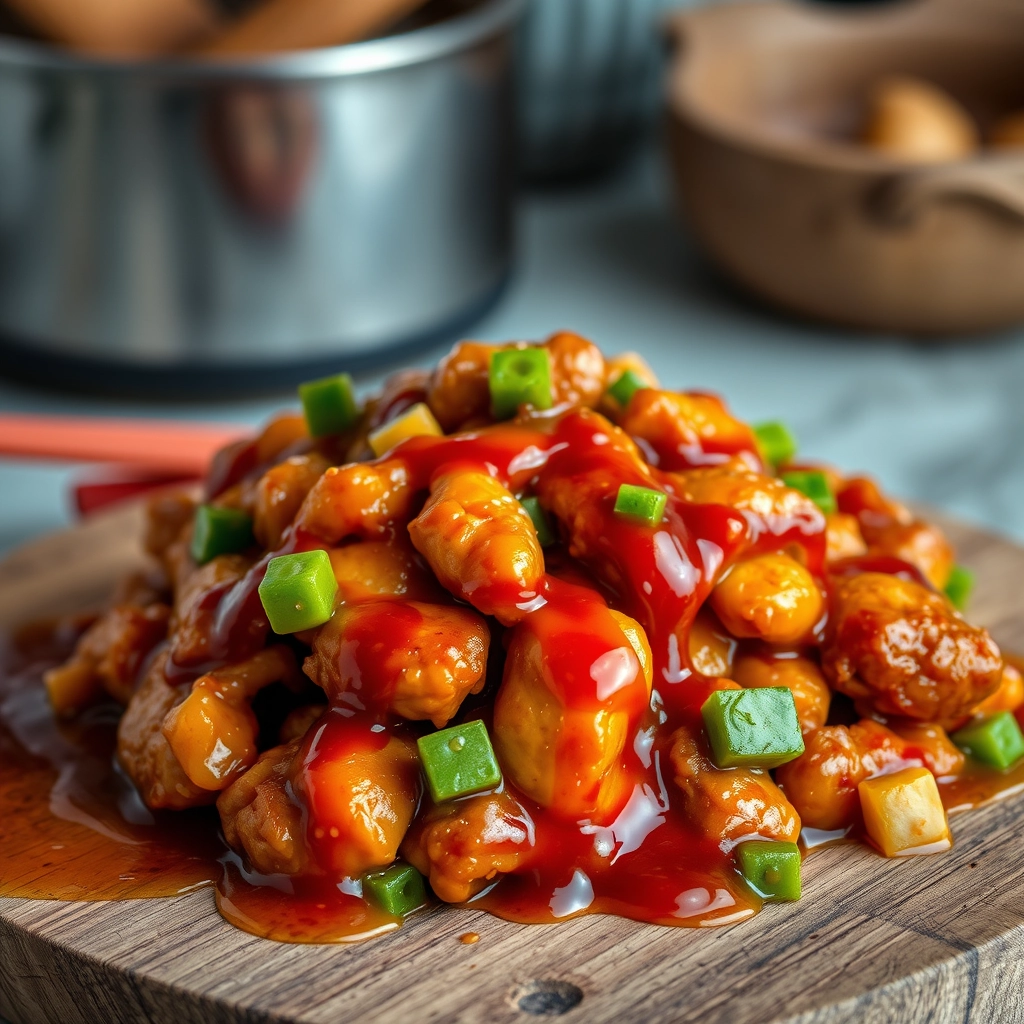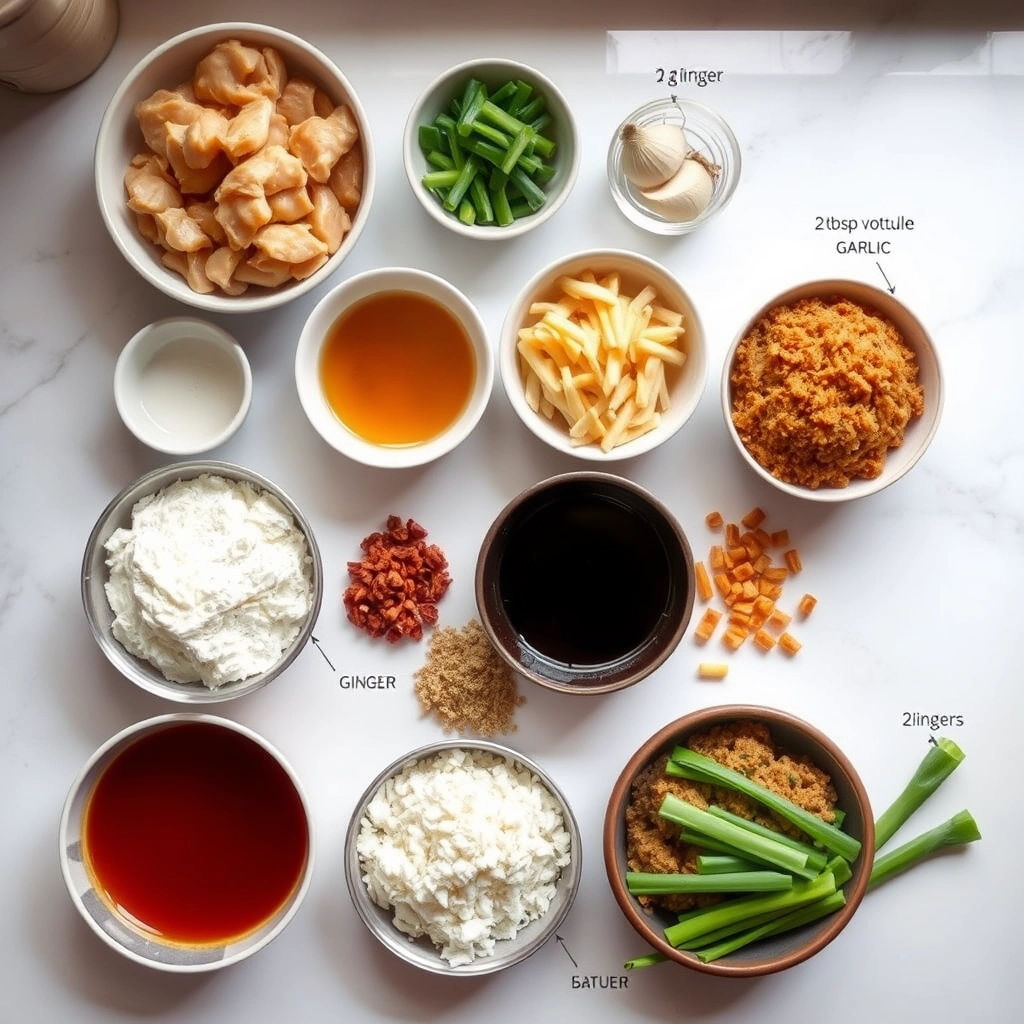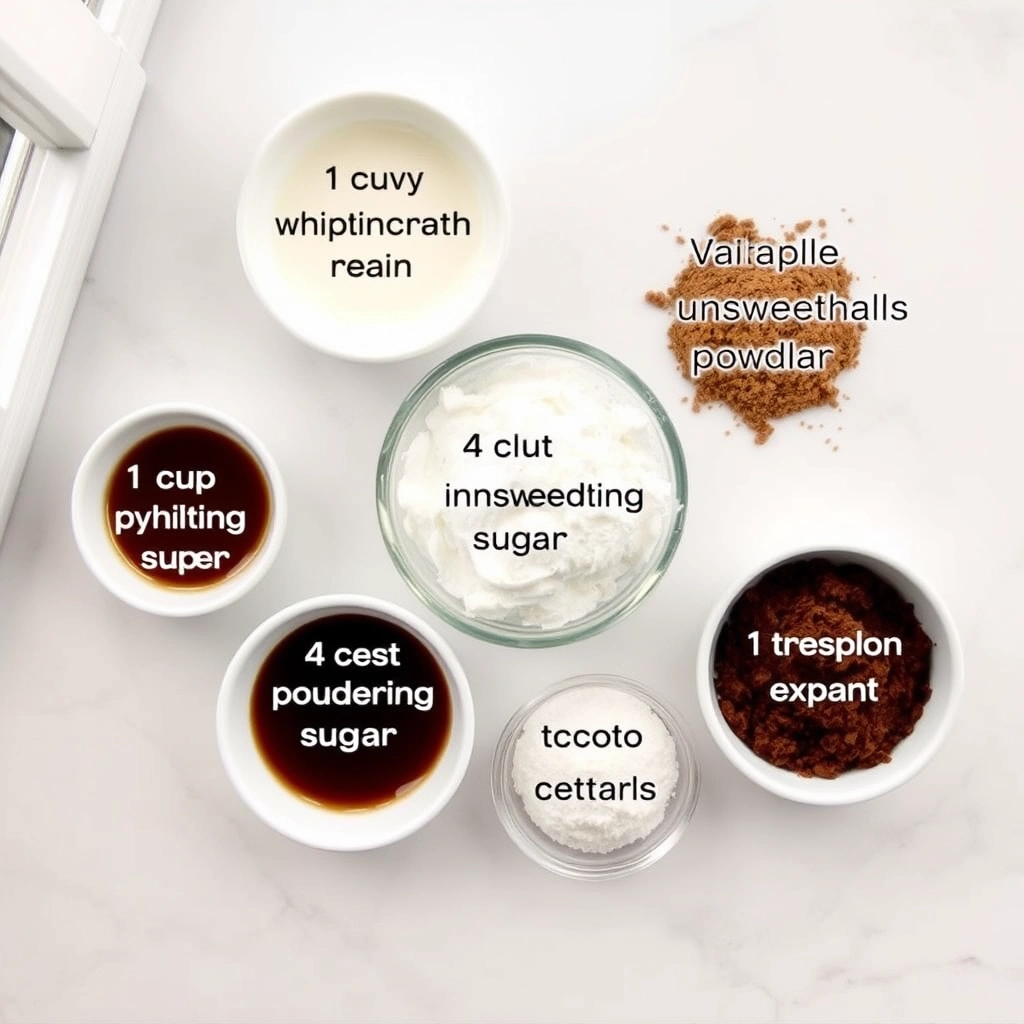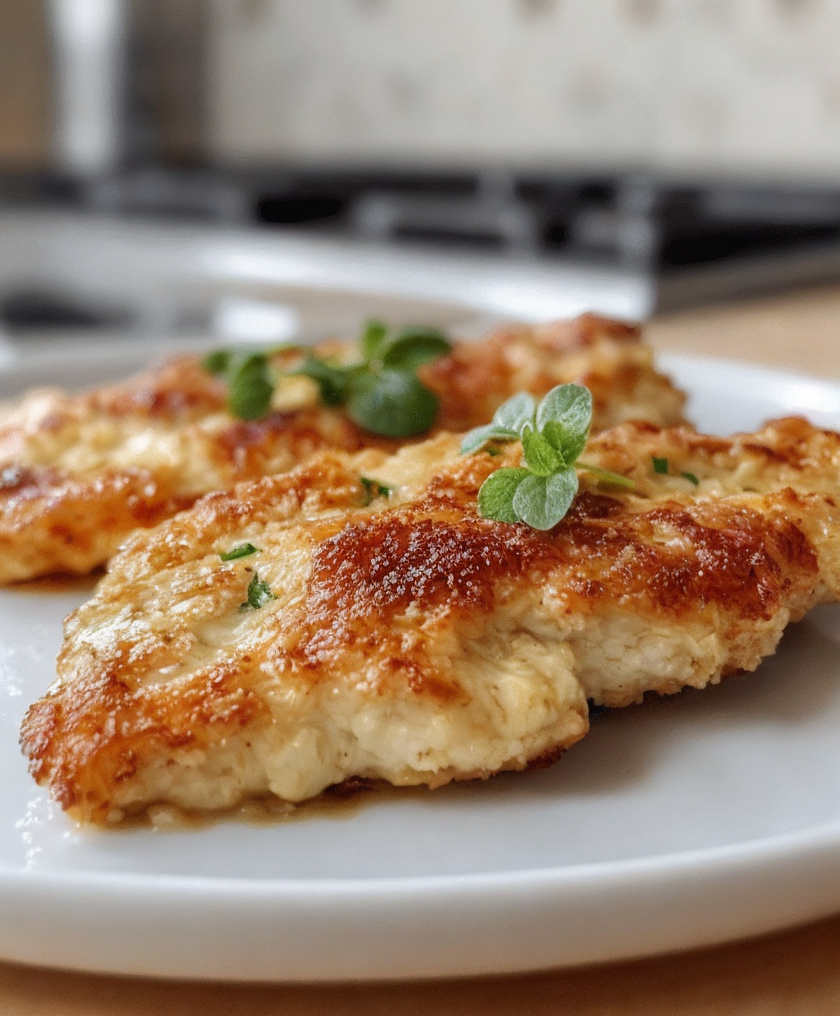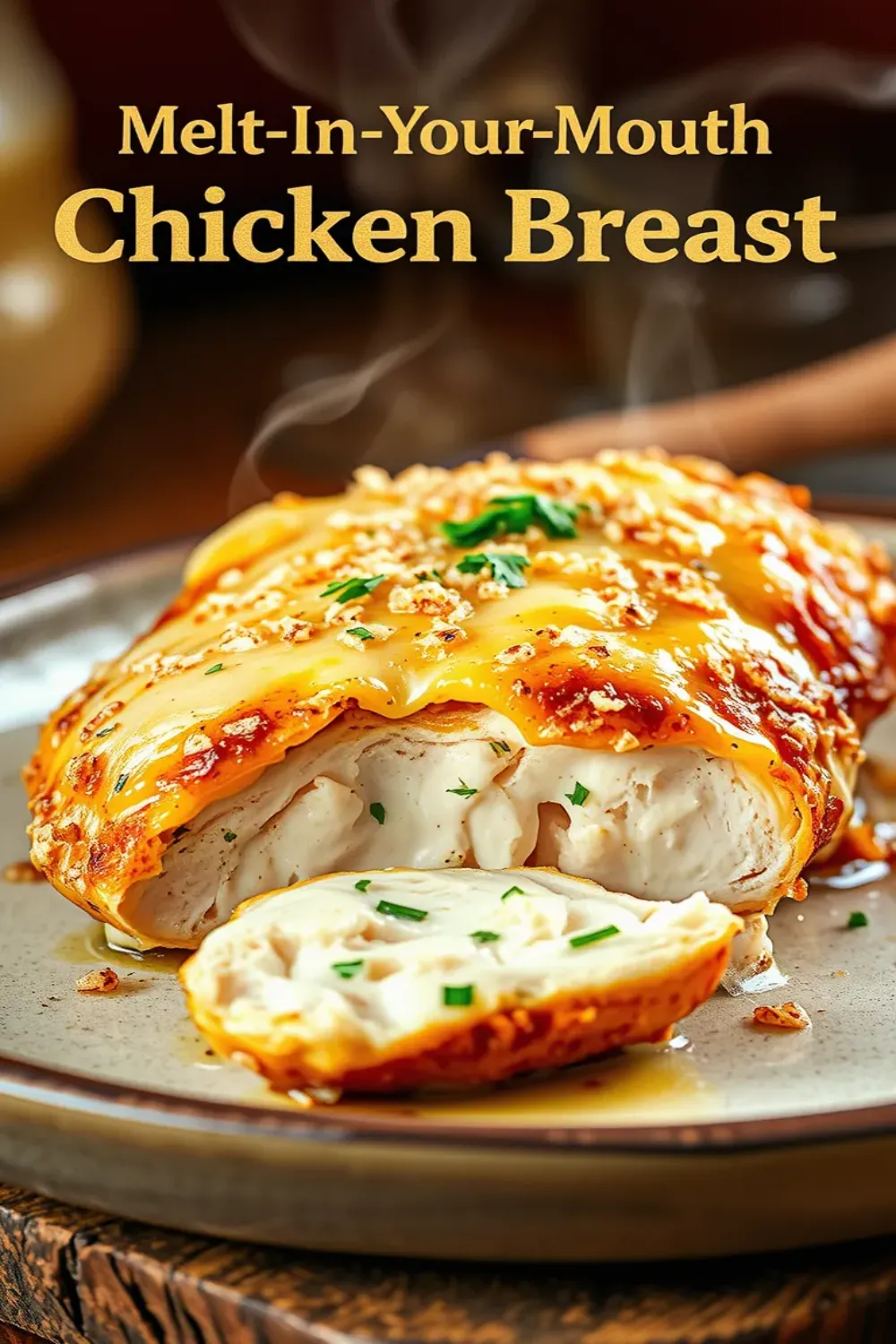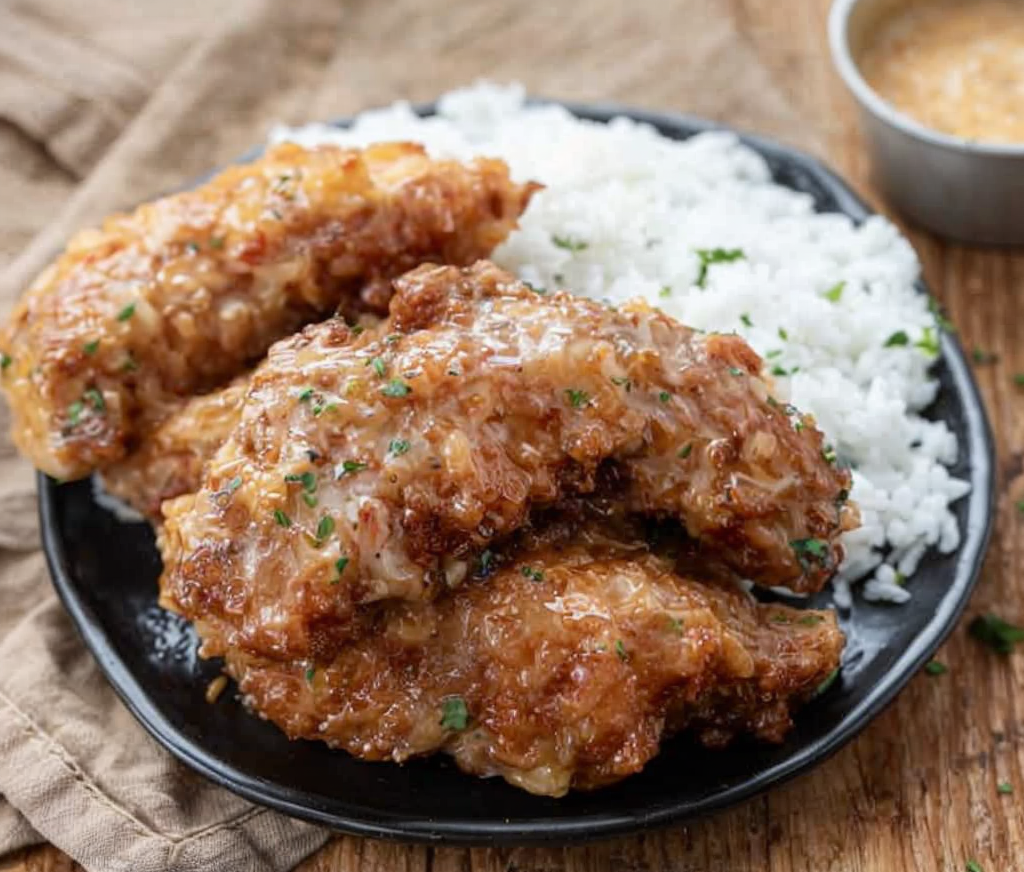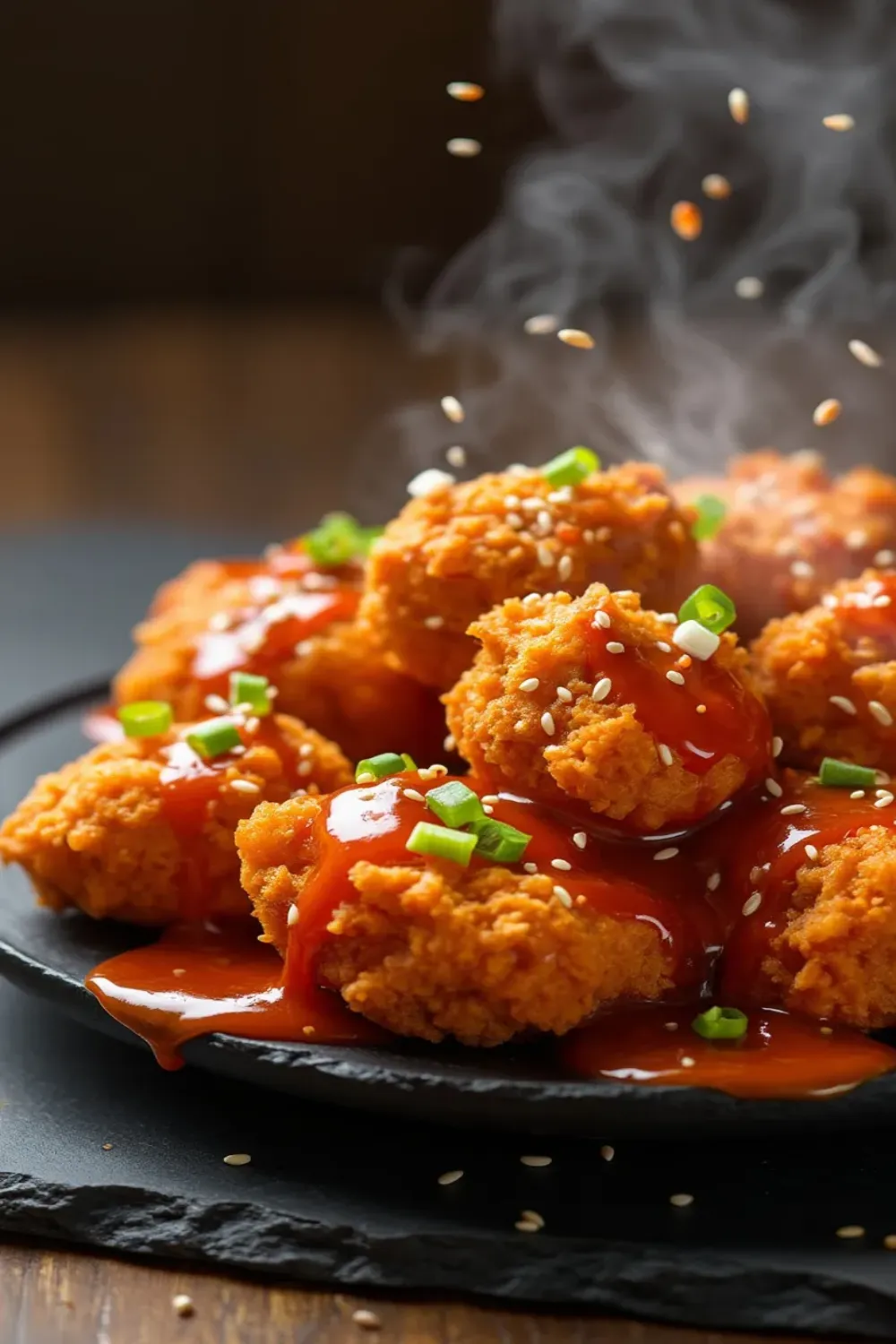The Day I Fell in Love with Raspberry Chocolate Lava Cupcakes
It was one of those rainy afternoons where the world outside my kitchen window blurred into watercolor streaks, and all I wanted was something warm, indulgent, and just a little bit magical. I remember rummaging through my pantry, my fingers brushing against a half-forgotten bag of raspberries and a bar of dark chocolate—ingredients that seemed to whisper promises of comfort. What emerged from my oven that day were these Raspberry Chocolate Lava Cupcakes: tender chocolate cakes hiding molten raspberry-chocolate hearts, each bite a love letter to cozy afternoons. Now, they’re my go-to treat for impromptu gatherings, rainy-day therapy, or just because life deserves a little extra sweetness.
Ingredients You’ll Need
Gather these treasures—they’re simple but transformative:
- 1 cup all-purpose flour – The trusty foundation for our cupcakes. I like to sift mine for extra fluffiness.
- 1/2 cup cocoa powder – Go for high-quality dark cocoa; it makes all the difference.
- 1 tsp baking powder – Our little lift for that perfect rise.
- 1/4 tsp salt – Just a pinch to balance the sweetness.
- 1/2 cup unsalted butter, softened – Room temperature is key here! Cold butter won’t cream properly.
- 3/4 cup granulated sugar – Sweetness with a gentle crunch.
- 2 large eggs – Crack them into a separate bowl first—no one wants shell surprises.
- 1 tsp vanilla extract – The soul-warming aroma we all adore.
- 1/2 cup whole milk – Whole milk adds richness, but any milk will do in a pinch.
- 1/2 cup fresh raspberries – Tart little gems that burst with flavor.
- 4 oz dark chocolate, chopped – The star of our molten center. I use 70% cacao for depth.
- Powdered sugar or extra raspberries – For that dreamy finishing touch.
Let’s Bake Some Magic
Preheat your oven to 350°F (175°C) and line a muffin tin with cupcake liners. Trust me, skipping the liners is a messy gamble—I learned that the hard way!
- Whisk the dry ingredients: In a medium bowl, sift together the flour, cocoa powder, baking powder, and salt. Give it a gentle whisk to ensure no cocoa lumps are left behind. (Pro tip: If your cocoa is clumpy, press it through a fine sieve with the back of a spoon.)
- Cream the butter and sugar: In a large mixing bowl, beat the softened butter and sugar until light and fluffy—about 3 minutes with a hand mixer. This step is where the cupcakes get their tender crumb, so don’t rush it! The mixture should look almost like pale, sugary clouds.
- Add eggs and vanilla: Crack in the eggs one at a time, mixing well after each addition. Stir in the vanilla extract. If the mixture looks slightly curdled, don’t panic—it’ll come together once you add the dry ingredients.
- Alternate dry and wet: With your mixer on low, add half the dry ingredients, followed by the milk, then the remaining dry ingredients. Mix until just combined—overmixing leads to tough cupcakes, and we want these to melt in your mouth.
- Fold in the raspberries: Gently fold in the fresh raspberries with a spatula. They’ll break down a bit, and that’s okay! Their juices will create little pockets of tangy sweetness.
Stay tuned for the next steps—where we’ll stuff these beauties with molten chocolate and bake them to perfection. (Spoiler: The moment you crack one open to see that lava flow is pure joy.)

Pro Tips, Variations, and Substitutions
Making these Raspberry Chocolate Lava Cupcakes is already a joy, but here are a few extra tips to ensure they turn out perfect every time:
- Room temperature ingredients: Let your eggs and butter sit out for 30 minutes before baking—this helps create a smoother batter.
- Don’t overmix: Gently fold the dry ingredients into the wet ones to keep the cupcakes light and tender.
- Fresh vs. frozen raspberries: Fresh raspberries give the best texture, but frozen work too—just thaw and pat them dry first.
Want to mix things up? Try these delicious variations:
- White chocolate lovers: Swap dark chocolate for white chocolate in the lava center for a sweeter twist.
- Citrus zing: Add a teaspoon of orange zest to the batter for a bright, fruity contrast.
- Nutty crunch: Sprinkle chopped hazelnuts or almonds on top before baking for extra texture.
What to Serve With Raspberry Chocolate Lava Cupcakes
These cupcakes are heavenly on their own, but a little extra love never hurts! Here are some perfect pairings:
- Vanilla ice cream: The classic choice—warm cupcakes and cold ice cream are a match made in dessert heaven.
- Whipped cream: A dollop of lightly sweetened whipped cream adds a dreamy, cloud-like touch.
- Fresh berries: Serve with extra raspberries or strawberries for a refreshing contrast.
- Espresso or tea: A hot cup of coffee or Earl Grey tea balances the richness beautifully.
Storage and Reheating Tips
If (somehow!) you have leftovers, here’s how to keep them tasting fresh:
- Room temperature: Store in an airtight container for up to 2 days.
- Refrigerate: For longer storage, keep them in the fridge for up to 5 days.
- Reheating: Warm in the microwave for 10–15 seconds to bring back that gooey center.
- Freezing: Wrap individually and freeze for up to 2 months. Thaw at room temperature before reheating.
Frequently Asked Questions
Can I make these cupcakes ahead of time?
Absolutely! Prepare the batter and fill the cupcake liners, then refrigerate for up to 24 hours before baking. Just add a couple extra minutes to the baking time.
Why isn’t my lava center flowing?
Overbaking is usually the culprit. Keep a close eye on them—the edges should be set, but the center should still look slightly soft.
Can I use muffin tins instead of cupcake liners?
Yes! Just grease the muffin tin well or use parchment squares to prevent sticking.
Can I make these gluten-free?
Definitely! Substitute the all-purpose flour with a 1:1 gluten-free baking blend for equally delicious results.
Final Thoughts
There’s something truly magical about cutting into a cupcake and watching rich chocolate lava spill out—especially when it’s paired with the bright, tangy burst of raspberries. Whether you’re baking these for a special occasion or just because, I hope they bring as much joy to your kitchen as they do to mine. Happy baking, and don’t forget to savor every bite!
Print
Raspberry Chocolate Lava Cupcakes
Description
Decadent chocolate cupcakes with a gooey raspberry chocolate center that oozes out when bitten into.
Ingredients
For the Crust:
- 1 cup all-purpose flour
- 1/2 cup cocoa powder
- 1 tsp baking powder
- 1/2 tsp salt
- 1/2 cup unsalted butter, softened
- 1 cup granulated sugar
- 2 large eggs
- 1 tsp vanilla extract
- 1/2 cup milk
- 1/2 cup raspberry jam
- 1/2 cup dark chocolate chips
Instructions
1. Prepare the Crust:
- Preheat oven to 350°F (175°C) and line a muffin tin with cupcake liners.
- In a bowl, whisk together flour, cocoa powder, baking powder, and salt.
- In another bowl, cream butter and sugar until light and fluffy. Beat in eggs one at a time, then stir in vanilla.
- Alternately add the dry ingredients and milk to the butter mixture, mixing until just combined.
- Fill each cupcake liner halfway with batter. Add 1 tsp raspberry jam and a few chocolate chips to the center of each, then cover with more batter.
- Bake for 18-20 minutes or until tops are set but centers are still slightly soft.
- Let cool for 5 minutes before serving warm.
Notes
You can customize the seasonings to taste.

